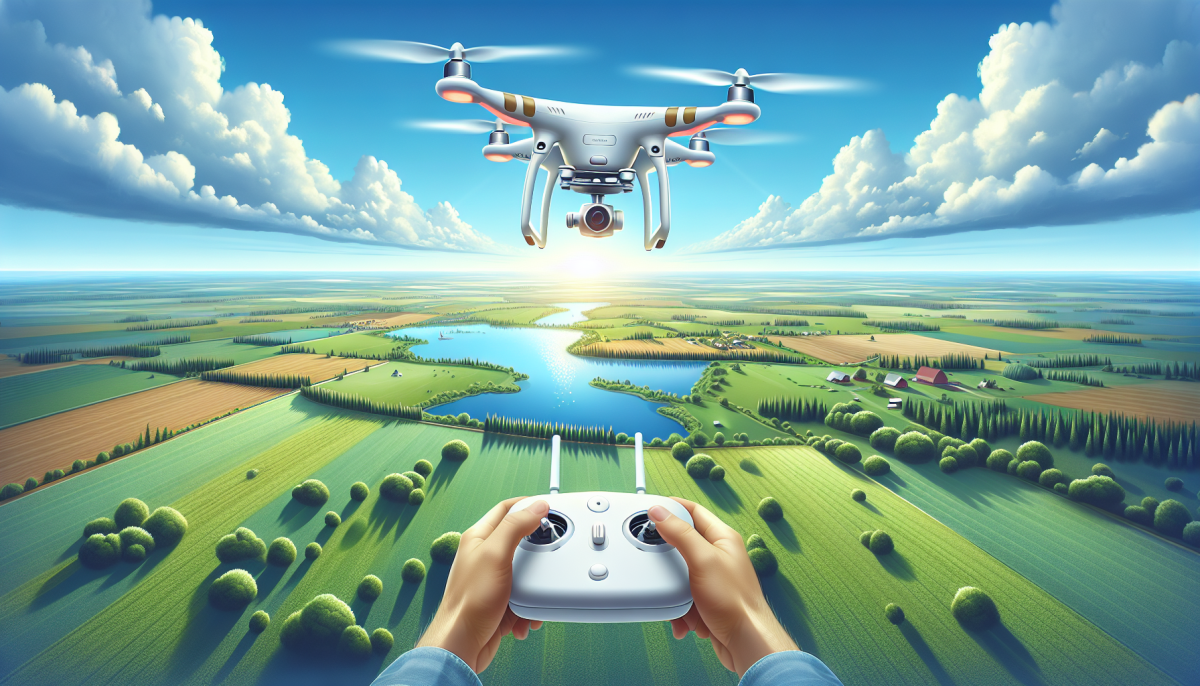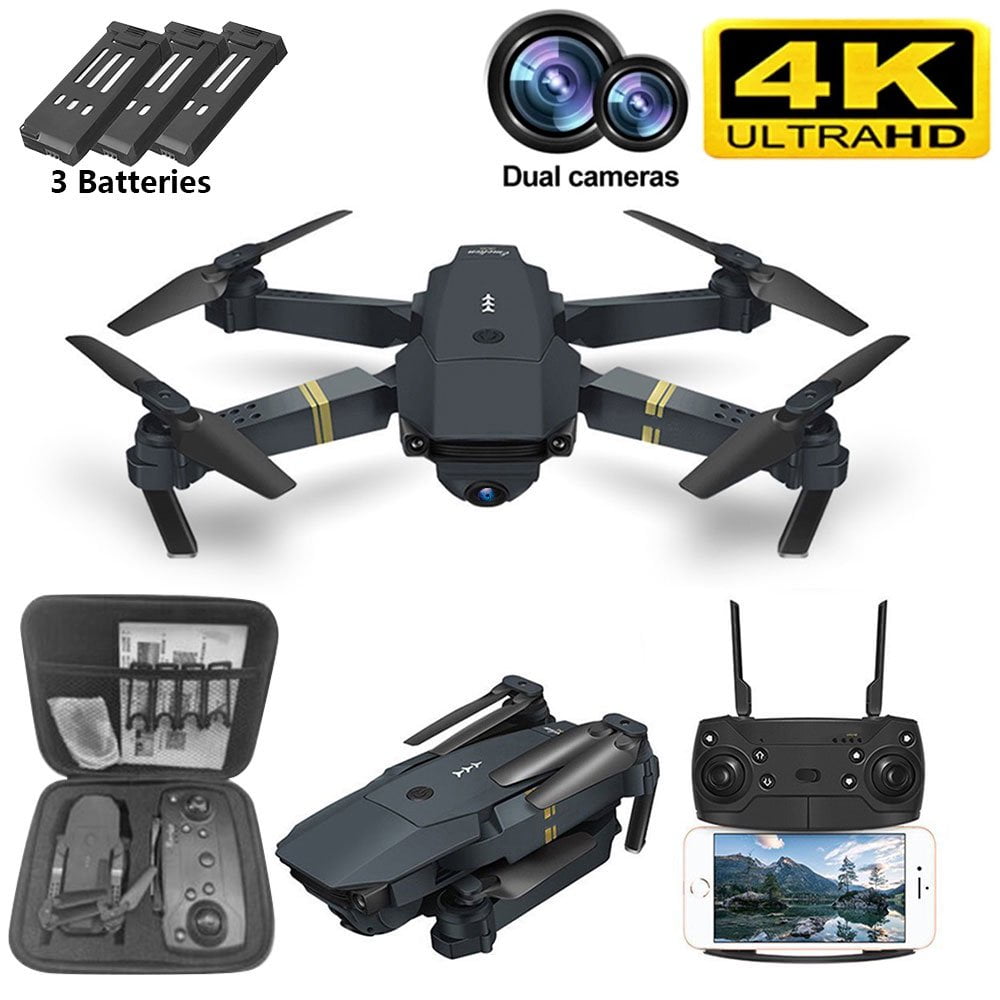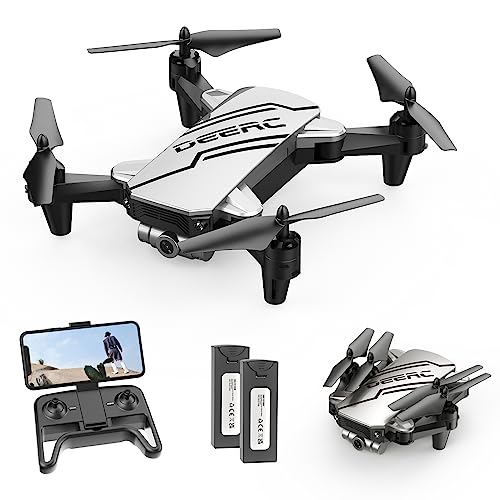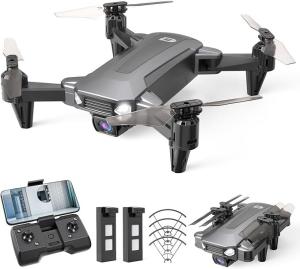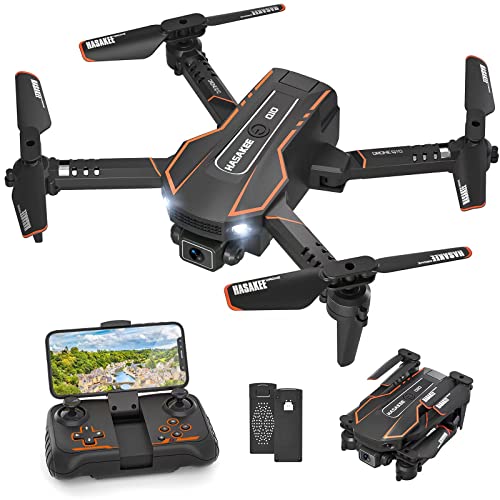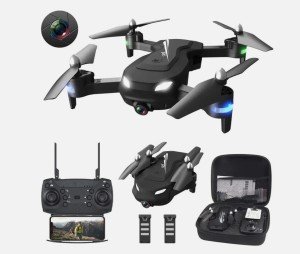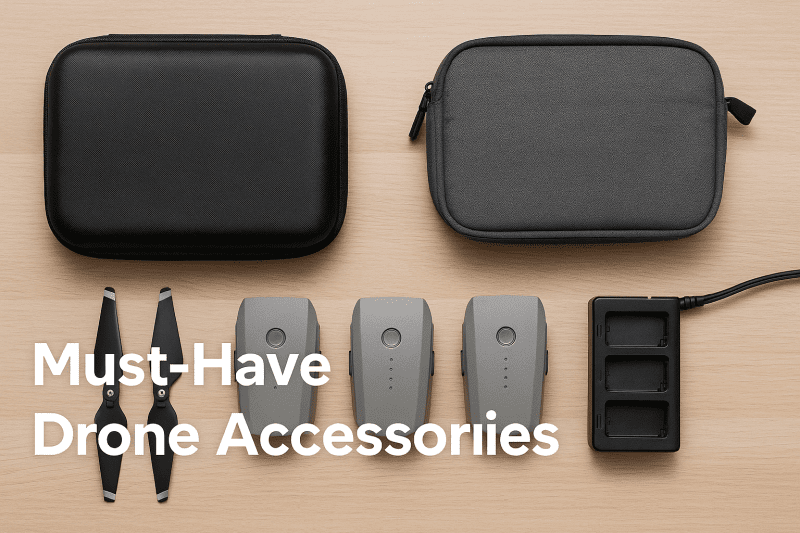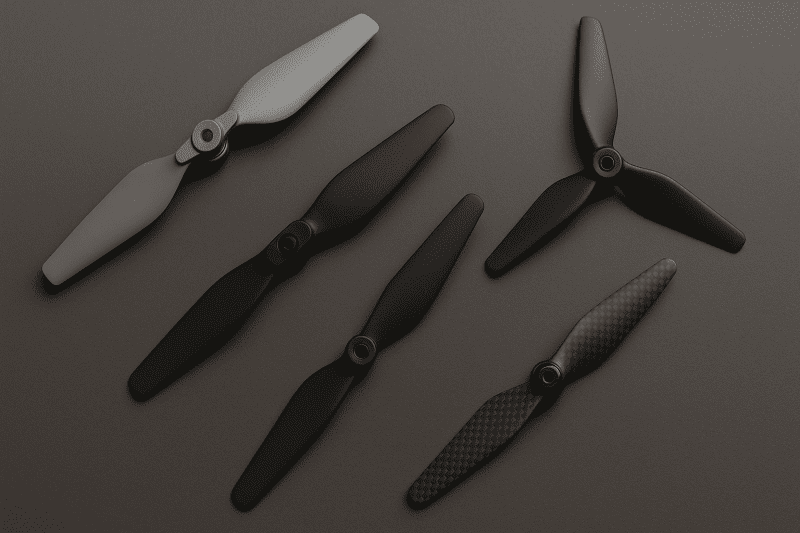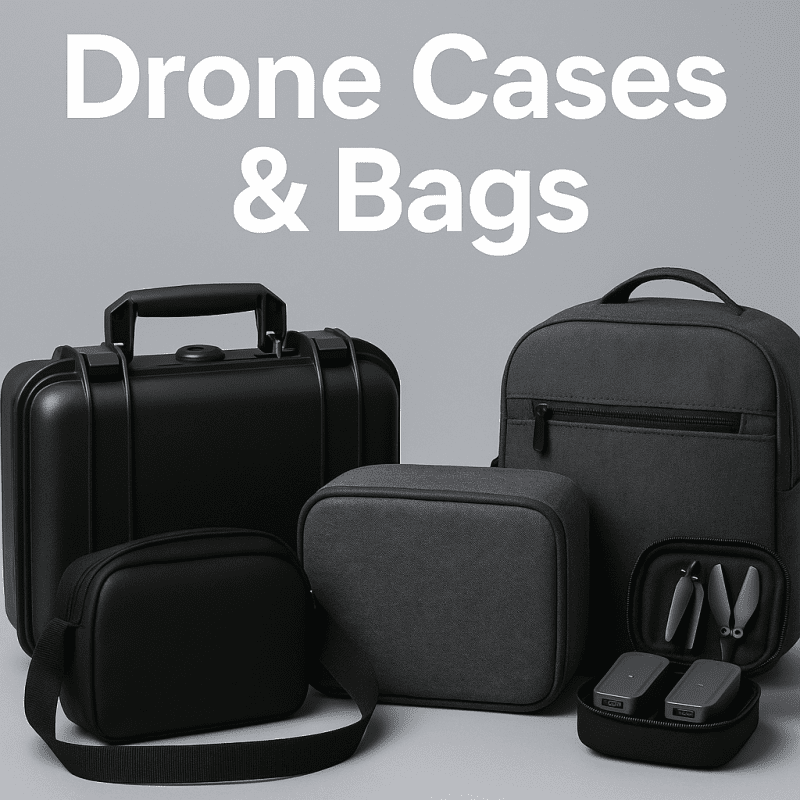The Evolution of Camera Drones: From Hobbyists to Professionals
Camera drones have come a long way since they first appeared on the market as a toy for hobbyists. Over the years, drone technology has improved significantly, making them a valuable tool for professionals in various fields. Let's take a look at the evolution of camera drones:
First Generation Drones
The first camera drones were primarily designed for hobbyists and enthusiasts and were equipped with basic cameras that captured low-quality footage. These drones lacked stabilization features and had limited battery life, which meant they could only fly for a few minutes before needing to be recharged.
Second Generation Drones
The second generation of camera drones saw significant improvements in technology and design. These drones were equipped with superior cameras capable of capturing high-quality footage and had more advanced stabilization features that made it easier to shoot steady footage. They also had longer battery life, allowing operators to fly for up to 30 minutes.
Professional Drones
Todays camera drones are designed with professionals in mind. They are equipped with 4k cameras capable of capturing stunning high-quality footage, advanced stabilization features, and longer battery life. These drones are used by professionals in various fields, including photography, filmmaking, inspection, search and rescue and even agriculture.
As technology continues to improve, the potential use cases for drones are virtually endless, making them an even more essential tool for professionals.
The Top Features to Look for in a Camera Drone for Aerial Photography
When it comes to aerial photography, the quality of your camera drone can make or break your shots. Here are some of the top features to look for in a camera drone:
Camera Quality
First and foremost, the camera quality is of utmost importance for great aerial photography. Look for a drone with a high-resolution camera, and preferably one with a gimbal stabilization system. This will help ensure that your shots are smooth and free of blur.
Flight Time
The longer your drone can stay in the air, the more time you have to capture those perfect shots. Look for a drone with a flight time of at least 20-30 minutes, or consider purchasing extra batteries to extend your flight time.
GPS Features
GPS-enabled drones can help you accurately map out your flight path and ensure that your shots are framed exactly as you desire. Some drones even offer automated flight modes that allow you to set the drone on a specific course and focus solely on capturing your shots.
Obstacle Avoidance
Obstacle avoidance technology can help prevent your drone from crashing into trees, buildings, or other obstacles in its flight path. Look for a drone with sensors that allow it to detect obstacles and automatically adjust its flight path to avoid them.
Remote Control Range
The further your drone can fly from your remote control, the more opportunities you’ll have to capture unique and interesting shots. Look for a drone with a remote control range of at least one mile, or invest in a signal booster to extend the range even further.
By considering these features as you shop for a camera drone, you can be sure that you’re investing in a quality product that will help you capture stunning aerial photography.
The Legal and Ethical Considerations of Flying Camera Drones
Flying camera drones has become a popular hobby and profession in recent years, but it comes with legal and ethical considerations that operators must be aware of. Here are some of the most important ones:
Legal Considerations
1. Registration: In many countries, drones need to be registered with the aviation authorities before flying. This ensures that the authorities can identify the owner and hold them accountable in case of accidents or violations.
2. Airspace regulations: Drone operators must follow airspace regulations, which vary by country. In the United States, for example, drones cannot fly higher than 400 feet and must stay away from airports and other restricted airspace.
3. Privacy laws: Drones equipped with cameras can potentially infringe on people's privacy rights. In some countries, there are legal restrictions on where and when drones can be flown to protect people's privacy.
4. Insurance: Drone operators are encouraged to take out insurance policies to protect themselves against damage or injury caused by their drones. This is particularly important for professional operators, who may be liable for damages to property or people.
Ethical Considerations
1. Invasion of privacy: Even if a drone operator is following all legal regulations, they may be infringing on people's privacy. For example, flying a drone over someone's backyard or taking photos of people without their consent can be seen as an invasion of privacy.
2. Safety: Drone operators have a responsibility to ensure the safety of their drones, as well as the safety of people around them. Flying drones in areas with high pedestrian traffic or near buildings can be dangerous and may result in injury.
3. Environmental impact: Drones can have a negative impact on the environment if they are flown near wildlife or in protected areas. Operators must be mindful of their impact on the environment and avoid flying in areas where wildlife may be disturbed.
In conclusion, flying camera drones comes with legal and ethical considerations that operators must consider. Adhering to national regulations, respecting privacy, ensuring safety, and being mindful of the environment can help drone operators to avoid legal and ethical issues and conduct themselves responsibly.
4K Camera Drone with Multiple Flight Modes
Capture stunning aerial footage with our advanced 4K camera drone featuring customizable flight modes
Product information
$66.99 $35.99
Product Review Score
4.73 out of 5 stars
146 reviews